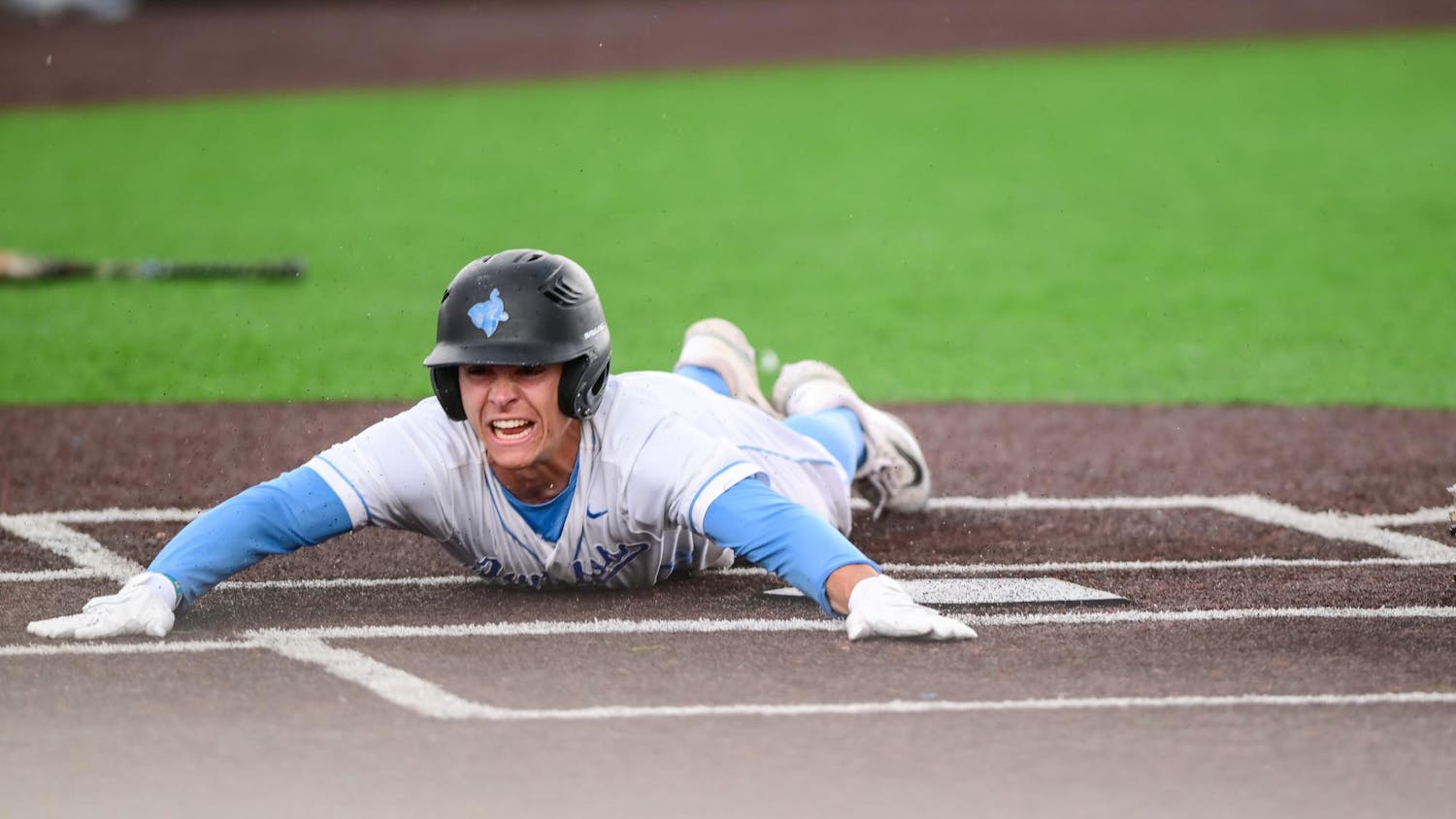Jonathan González plays for C.F. Monterrey in Monterrey, Nuevo León, Mexico, and at 18 years old, the U.S.-Mexico dual national from Santa Rosa, Calif. is one of the top youth prospects in North America. In early January, González's decision to play for the Mexican national team instead of the United States, which he had played for at the U17 through U20 levels, brought the U.S. Soccer Federation’s (USSF) ability to appeal to top Hispanic players to the fore.
In the months leading up to the decision, González wasn’t called up to the U.S. Men’s National Team (USMNT), even though he won Liga MX Best XI honors with Los Rayados. Days after switching allegiances, Mexico featured him in a friendly against Bosnia and Herzegovina — a game that was played in San Antonio, Texas — rubbing salt in a wound that U.S. Soccer is still reconciling.
Soccer has been pegged as a white, suburban sport for decades. It was originally marketed in the 1970s as an alternative to dangerous American football and time-consuming Little League baseball, and as a sport that the whole family could enjoy (both girls and boys play soccer). While American youth soccer is still largely made up of white suburban kids, this quick generalization does not tell the whole story.
Go to any Hispanic community in the United States — or almost any immigrant community, for that matter — and you will find people playing soccer, watching soccer and talking soccer (or rather, fútbol). They follow and play the game more than white suburban communities, many of whom see soccer as a mere extracurricular.
The problem for the USSF, though, is that these communities aren’t a part of its soccer culture: Liga MX is the most watched soccer league in the U.S. on television, and Mexico outdraws the USMNT in fan attendance when its games are played on U.S. soil. If the USSF wants to maximize its country’s potential, it must do a better job of integrating these communities into the higher levels of American soccer.
Hugo Salcedo, a Mexican immigrant who has been involved in U.S. Soccer for decades, said in an interview with Soccer America that there may be a million players in the country, most of whom are Hispanic, that are unaffiliated with the USSF. This lack of connection to the USSF means that players do not have a clear pathway up the domestic soccer pyramid.
Talking to experienced members in the field, like the coaches at González’s youth club, Atletico Santa Rosa, could help the USSF better understand areas that need improvement. Hiring experienced Hispanic coaches to youth regional and national team setups could help change the white suburban culture with which the USSF is associated. Many hope that as a Hispanic immigrant himself, new USSF president Carlos Cordeiro will galvanize efforts to bring in these communities.
González wasn’t the first dual-national player to leave the United States, and he won’t be the last. Until soccer-loving communities are properly drawn into the fold, players like González will continue to fall through the cracks at the expense of U.S. Soccer.
More from The Tufts Daily





